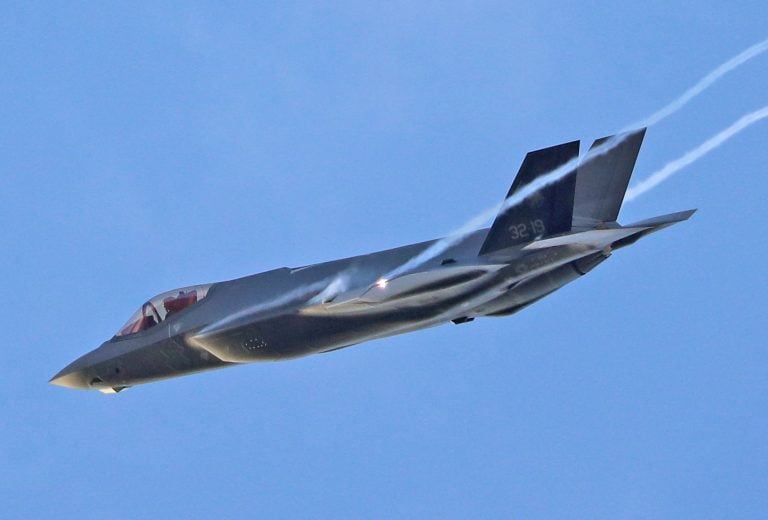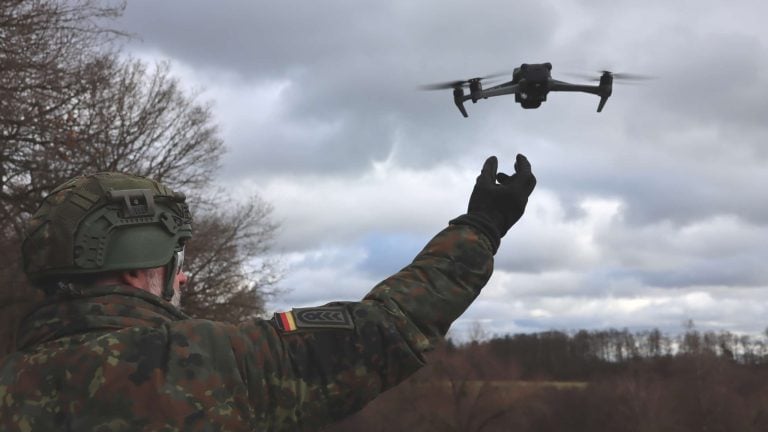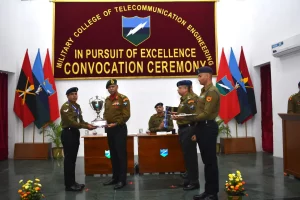Sierra Space has achieved a significant milestone in the development of its missile-tracking satellites as part of the U.S. Space Development Agency’s (SDA) Tranche 2 program. The company recently completed a critical design review for 18 satellites that will enhance the SDA’s tracking layer. This review confirmed that the satellite designs are sufficiently mature, paving the way for full assembly, integration, and testing phases.
Each of these advanced satellites will be equipped with infrared sensors specifically designed to detect and track both ballistic and hypersonic missiles. The constellation will be organized into two distinct orbital planes, each containing multiple sensors focused on early warning and tracking capabilities, along with a dedicated missile defense sensor.
The tracking layer forms an integral component of the SDA’s Proliferated Warfighter Space Architecture (PWSA), which aims to create a comprehensive network of low-Earth orbit satellites for global communications, missile warning, and targeting. In contrast to traditional large satellites, the PWSA leverages a swarm of smaller, cost-effective spacecraft that are designed to be more resilient against potential adversarial attacks.
Sierra Space has reported that the necessary hardware is already arriving at its “Victory Works” manufacturing facility, where the satellites will be constructed using the company’s Horizon spacecraft bus, tailored for high-rate production. The upcoming Tranche 2 satellites will not only broaden the coverage but also increase the resilience of the overall constellation, building on earlier deployments from Tranche 0 and Tranche 1. They are projected to launch into orbit in the late 2020s, once the integration and testing processes are finalized.
The urgency of missile tracking from space has intensified as adversaries develop faster and more agile weapons systems. For instance, hypersonic glide vehicles can achieve extreme velocities and alter their trajectories mid-flight, complicating detection and tracking efforts via traditional ground-based radars.
This strategic concern is not exclusive to the United States. Russia has implemented its Tundra early-warning satellites to monitor missile launches, while China is collaborating with Russia to establish a space-based missile warning network that combines satellite capabilities with ground-based radars. This global trend underscores a heightened focus on missile detection and tracking as nations aim to bolster their defense systems against emerging threats.
















